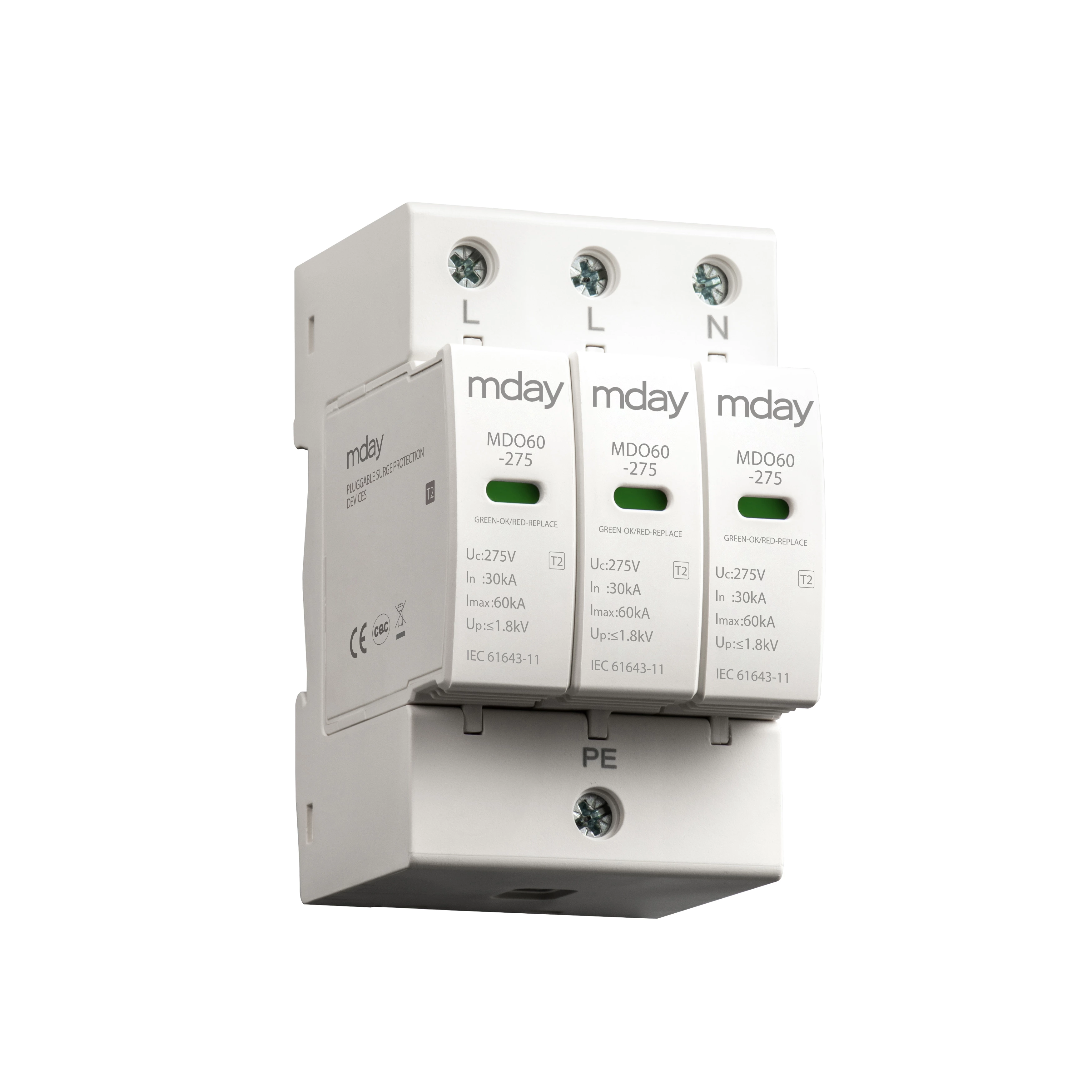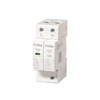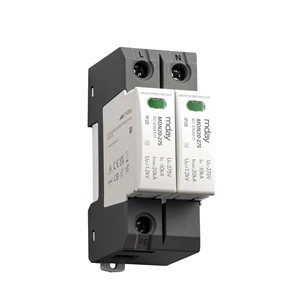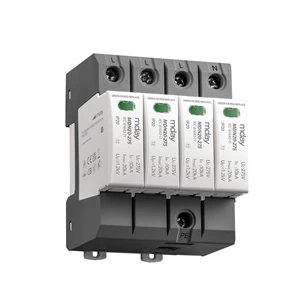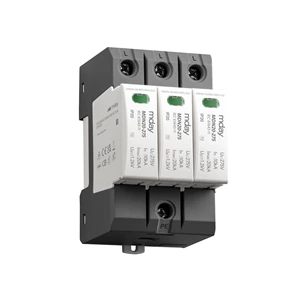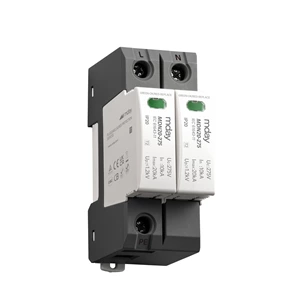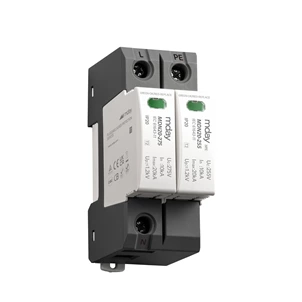The Role And Selection Recommendations Of Surge Protectors In Industrial Communication Networks
I. Introduction
In modern industrial communication networks, signal transmission rates are increasingly higher, and the distances between devices are also increasing. However, during information transmission, sudden electrical interference such as overvoltage and current can occur at any time, leading to communication system failures. surge protective device, as important protective devices, can effectively eliminate these interferences and ensure stable system operation. This report will discuss the role of surge protectors in industrial communication networks and provide selection recommendations.
II. The Role of Surge Protectors
Industrial communication networks consist of many devices, including computers, PLCs, sensors, and actuators, which are interconnected through communication lines. During data transmission, overvoltage and current interference can lead to communication failures, data errors, and affect the normal operation of the network. Surge protectors play a crucial role here, preventing damage to communication equipment and lines from these overvoltages and currents.
Surge protectors can be divided into three categories: power line surge protectors, signal line surge protectors, and tie line surge protectors. Among them, power line surge protectors are used to protect the power lines of equipment, signal line surge protectors are used to protect communication signal lines between equipment, and tie line surge protectors are used to prevent large potential differences between equipment and ground, thereby reducing interference to data transmission.
III. Selection of Surge Protectors
1. Selection Principles
When selecting surge protector, appropriate ones should be chosen based on factors such as the type of equipment to be protected, interface type, and transmission rate. Generally, surge protectors should be selected according to factors such as the operating voltage range of the equipment, the intensity of instantaneous overvoltage, and the transmission rate, and should be comprehensively considered in conjunction with the actual network application to achieve the best effect.
2. Selection Recommendations
(1) Operating Voltage Range of Equipment:
Surge protectors should be selected according to the operating voltage range of the equipment. For low-voltage equipment, surge protection device with a rated voltage of 220V can be selected; for high-voltage equipment, the appropriate surge protector needs to be selected according to the specific operating voltage.
(2) Intensity of Transient Overvoltage:
The rated discharge current of the surge protector should be considered to accommodate the intensity of transient overvoltages. If the transient overvoltage is large, a surge protector with a larger rated discharge current should be selected.
(3) Transmission Rate:
The bandwidth of the surge protector should be considered to ensure the signal transmission rate. If the transmission rate is high, a surge protector with a larger bandwidth should be selected.
(4) Interface Type:
The interface type of the surge protector should be determined according to the signal and power type used by the equipment. In most cases, the interface type of the surge protector should be the same as the interface type of the equipment.
(5) Installation Location:
The surge protector should be installed upstream of the equipment to be protected, as close to the equipment as possible to minimize the impact of sudden overvoltages, currents, and other electrical interference. Furthermore, care should be taken to avoid excessively long lines, as this will affect the protective effect.
IV. Conclusion
Surge protectors play a crucial role in industrial communication networks, effectively eliminating sudden overvoltages, currents, and other electrical interference, ensuring the normal operation of the network. When selecting a surge protector, factors such as the equipment's operating voltage range, the intensity of instantaneous overvoltages, and transmission rates need to be considered, along with the actual network application. Correctly selecting a surge protector will provide a solid guarantee for the stable operation of industrial communication networks.
